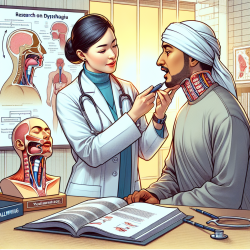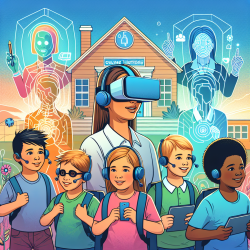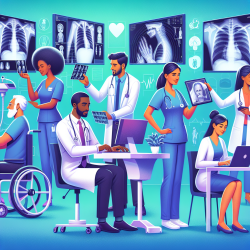Introduction
In the ever-evolving landscape of pediatric oncology, the importance of holistic care cannot be overstated. Among the myriad of challenges faced by adolescents and young adults (AYAs) undergoing cancer treatment, sexual health (SH) remains a crucial yet often overlooked aspect. The research article "Pediatric oncology clinician communication about sexual health with adolescents and young adults: A report from the children’s oncology group" sheds light on this issue, emphasizing the need for improved communication and education among clinicians.
Understanding the Research
The study conducted by Frederick et al. involved a cross-sectional survey of pediatric oncologists and advanced practice providers across various institutions. It revealed that many clinicians play minimal roles in SH care, with significant barriers hindering effective communication. Commonly discussed topics included contraception, puberty, and sexual activity, while crucial areas like gender identity, sexual orientation, and sexual function were rarely addressed.
Barriers to Effective Communication
Several barriers were identified, including:
- Lack of time and prioritization
- Perceived discomfort from patients
- Presence of parents or guardians during consultations
These barriers highlight the need for targeted interventions to empower clinicians in addressing SH concerns comprehensively.
Recommendations for Practitioners
To overcome these challenges, practitioners can implement several strategies:
- Enhance Education: Engage in continuous learning through webinars, training modules, and published guidelines focused on SH topics.
- Create a Safe Environment: Encourage open communication by ensuring privacy and fostering a non-judgmental atmosphere.
- Prioritize SH Discussions: Allocate dedicated time for SH topics during consultations, emphasizing their importance in holistic care.
- Collaborate with Multidisciplinary Teams: Work with psychologists, social workers, and other specialists to provide comprehensive support.
Encouraging Further Research
While the study provides valuable insights, it also underscores the need for further research. Practitioners are encouraged to explore additional studies on SH communication, focusing on innovative approaches and interventions that can be integrated into clinical practice. By staying informed and proactive, clinicians can significantly enhance the quality of care for AYA cancer patients.
Conclusion
Empowering pediatric oncology clinicians to address sexual health concerns is a vital step towards comprehensive patient care. By implementing the recommendations from the research and engaging in continuous education, practitioners can bridge the communication gap and improve outcomes for adolescents and young adults facing cancer.
To read the original research paper, please follow this link: Pediatric oncology clinician communication about sexual health with adolescents and young adults: A report from the children’s oncology group.










